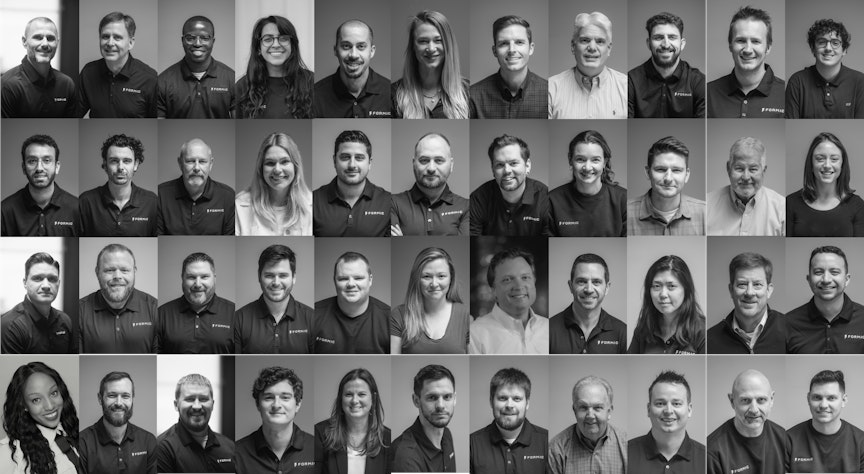Andy Larson
Robotics Deployment Manager
With more than 28 years of experience in robotics and automation, Andy is an expert on project management for sophisticated engineering systems and processes. At Formic, he employs his skills and knowledge to provide best-in-class solutions to manufacturers alongside our integration partners.
Here is our recent conversation with Andy, which highlights some of the key aspects of successfully deploying automation systems:
What is your role here at Formic?
My primary focus at Formic is to ensure the installation of our automation solutions is hassle-free for our customers. On the flip side, it is essential that our integration partners have everything they need to complete the project ahead of schedule and under budget.
What is your biggest priority in every deployment process?
The biggest priority in deploying automation solutions is thinking two to three steps ahead. It’s anticipating all the potential pitfalls. We need to have a plan B and C ready for when the challenges arise. This enables us to stay on track with meeting customer deadlines and frankly, staying on budget. It’s a bit of a juggling process between what's happening now and what could happen.
Understanding how to shortcut the solution to solving those challenges comes down to experience, and we’ve got a deep bench of people at Formic that have been doing this a long time.
Can you go over the general deployment process from beginning to end?
First, we get to know the project requirements. This helps us identify potential candidates for an integration partner. We also consider their application expertise and project management style.
Once we’ve settled on the right partner, we’re huge on setting benchmark milestones and assigning responsibilities between the integrator and ourselves. Communication is key. Our goal is to make this process easy, straightforward, and trouble-free. This requires us to proactively communicate and stay focused on the most important - delivering a reliable solution to our customers.
We then move into the design phase while also working with the customer to help them prepare for the installation phase. We’ve got a detailed timeline of what’s going to happen and who’s responsible for what, making the installation process a well-choreographed dance. Once functionality and performance are verified at the integrator level, we install and do what’s called a site acceptance test: 1. The customer has what they need, and 2: The customer is prepared to run the machine.
Building an automation solution is a daunting task. The real value that we bring to customers is how we proactively handle all the unknowns. We simplify the process for our customers and take a lot of overhead off of our integration partners.
Can you share some of the biggest concerns that customers typically have? And how do you respond?
It really is the unknown. What I find to be an exciting aspect of what we do at Formic is taking the onus off the customer. We have complete responsibility for making the robot work, and if it stops working, they stop paying us. What Formic really does is provide our customer's production capacity. Frankly, the machine that is providing this capacity is secondary. Between the raw materials coming in and the parts going out, it is on us to provide a solution that works.
What is the ultimate goal you hope to achieve with the deployment team?
The overarching goal for our deployment team is to be a consistent advocate for customers and system integrators. We have integrators telling us, “Wow, you have vetted the project and identified the challenges of the application. Now we can focus on what we do best: make good automation equipment.” And I hear from customers, “Thank you. You made that really easy for us.” This is the type of experience I want for all of our customers, particularly the small to medium-sized enterprises. If we continue to do this right, we will ultimately change how the industry views automation.
Andy Larson


